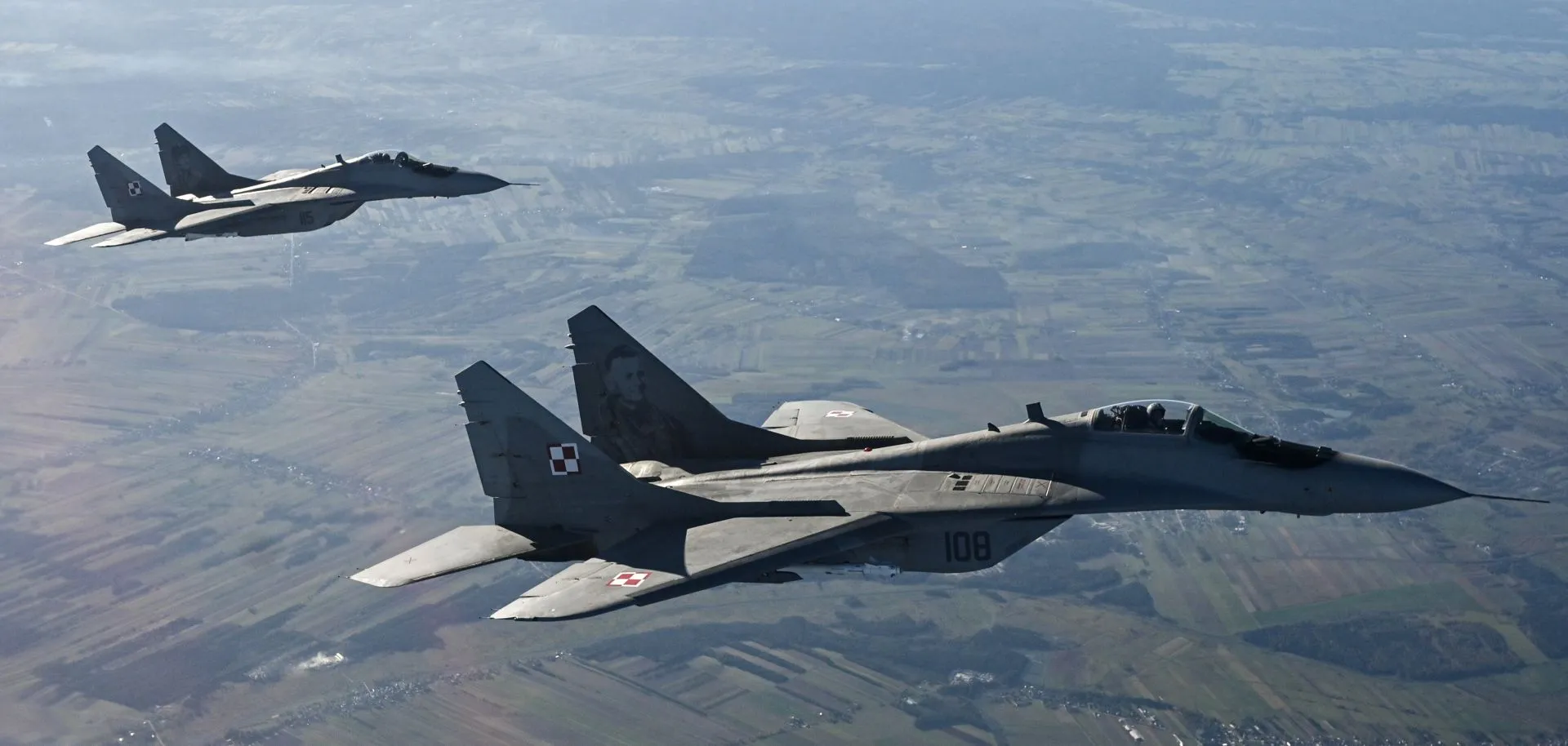 How Russian Drone Incursions Are Re-shaping NATO’s Response and European Airspace Security
How Russian Drone Incursions Are Re-shaping NATO’s Response and European Airspace Security
By Today International News
Published: October 9, 2025
Rising Drone Incursions Over Europe
Recent weeks have seen a significant rise in Russian drone incursions into European airspace, prompting heightened concern among NATO members. These unmanned aerial vehicles (UAVs) have been detected crossing borders in Eastern and Northern Europe, raising questions about sovereignty, security, and the effectiveness of current air defense systems.
European nations report that many of these drones are used for surveillance, intelligence gathering, and electronic warfare, rather than direct attacks. Nevertheless, the incursions signal a growing strategic challenge for NATO, which must now adapt to the evolving nature of aerial threats.
NATO’s Response and Collective Defense Measures
In response to these drone activities, NATO has increased surveillance and readiness across member states. Air policing missions have been intensified, and advanced radar and detection systems are being deployed to identify and track drones.
Allied nations are also enhancing information sharing and joint exercises to respond quickly to incursions. Military analysts emphasize that these measures are not just defensive; they also serve as a deterrent against further provocations.
NATO Secretary-General has stated that drone incursions are taken “very seriously,” underlining the alliance’s commitment to collective defense as outlined in Article 5. This demonstrates that even unmanned threats are treated with the same strategic importance as traditional military aggression.
European States’ Individual Responses
Different European countries are reacting in varied but coordinated ways. Nations on the frontlines, such as Poland, the Baltic states, and Finland, have:
-
Increased air patrols along their borders.
-
Deployed anti-drone technologies, including electronic jamming systems.
-
Strengthened civil defense measures to protect critical infrastructure.
Meanwhile, Western European states are focusing on intelligence analysis, cyber defense, and diplomatic pressure to counter the broader implications of these incursions. Coordination between NATO allies ensures a unified approach, even as national priorities differ.
Tensions With Russia and Regional Implications
The drone incursions have significantly escalated tensions between Russia and European nations. Moscow maintains that its UAV operations are defensive or part of military exercises, but NATO sees them as deliberate violations of international airspace and a means to test allied defenses.
This tension has broader implications for regional security. NATO countries fear that continued provocations could destabilize the security environment, embolden other actors, and create challenges for arms control and diplomatic negotiations.
Implications for Future European Airspace Security
The increasing use of drones in contested regions highlights the need for modernized air defense systems and comprehensive policy responses. NATO and European nations are exploring:
-
Greater investment in counter-UAV technologies.
-
Improved real-time intelligence sharing among member states.
-
Integration of drones into war-gaming scenarios to anticipate future threats.
Experts warn that failure to address the evolving UAV threat could weaken deterrence, compromise national security, and challenge NATO’s collective defense posture.
Conclusion: Adapting to a New Era of Airspace Security
Russian drone incursions are reshaping NATO’s approach to European airspace security, demonstrating that modern threats are increasingly asymmetric and technologically advanced.
Allied nations must maintain vigilance, coordination, and rapid response capabilities to protect sovereignty and uphold regional stability. The incursions serve as a reminder that collective defense is evolving, requiring adaptation to new military technologies and strategic challenges.
